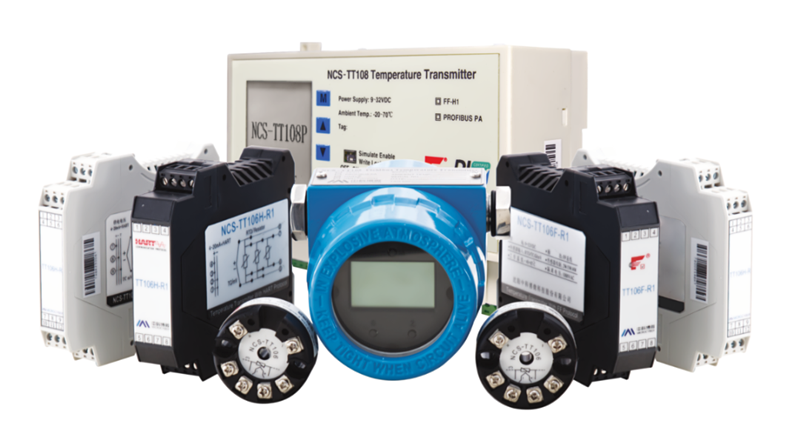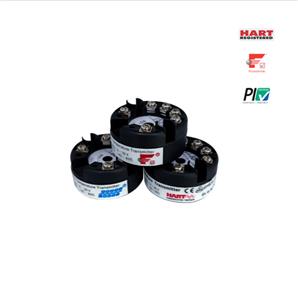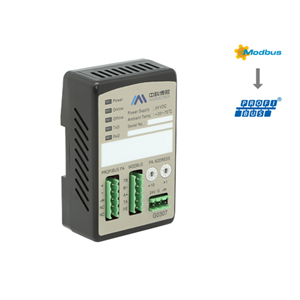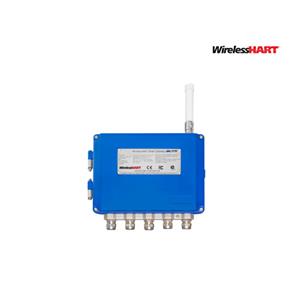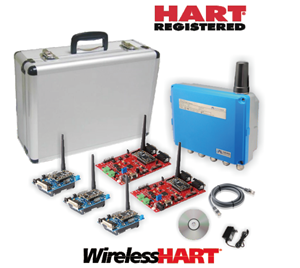Temperature transmitters: key equipment for industrial temperature monitoring and control
Temperature transmitter, as a precision electronic device, plays a vital role in modern industrial processes. It can be collected by the sensor temperature signal is converted to a standard signal, in order to monitor, control or regulate the temperature of the system for further processing and analysis.
First, the working principle of the temperature transmitter
The working principle of the temperature transmitter is based on the thermocouple or RTD as a temperature measuring element, through conduction or convection to achieve thermal equilibrium, so that the value of the thermometer can directly represent the temperature of the object to be measured. This equipment generally consists of a temperature measuring probe (thermocouple or RTD sensor) and a two-wire solid-state electronic unit to form an integrated transmitter. The output signal of the temperature measurement element is processed by the voltage regulator and filter, operational amplifier, non-linear correction, V/I conversion, constant current and reverse protection circuits of the transmitter module, and then converted into a linear relationship with the temperature of the 4-20mA current signal or 0-5V/0-10V voltage signal, as well as the output of the RS485 digital signal.
Second, the main function of the temperature transmitter
The main function of the temperature transmitter is to convert the temperature variable into a standardised output signal that can be transmitted for the measurement and control of industrial process temperature parameters. These standardised output signals are mainly 0mA~10mA and 4mA~20mA (or 1V~5V) DC signals, which can be conveniently connected to a variety of secondary instrumentation or control systems to achieve real-time temperature monitoring, recording and control.
Third, the application of temperature transmitters
Temperature transmitters are widely used in various industrial processes, including petrochemical, electric power, metallurgy, pharmaceutical, food and other fields. In industrial automation, temperature transmitters are used to monitor and control the temperature of industrial processes to ensure the stability of the production process and product quality. In HVAC systems, temperature transmitters are used to monitor and control the indoor temperature of buildings to improve the comfort of living. In addition, temperature transmitters are also widely used in boiler management, laboratory research, environmental monitoring and other fields.
Fourth, the temperature transmitter selection and installation
When selecting a temperature transmitter, you need to consider the use of the environment, measurement range and accuracy, signal output mode, protection level and price and other factors. Different application scenarios require different temperature transmitter models and specifications to ensure that it can meet the actual demand. In the installation of temperature transmitters, you need to follow the relevant installation specifications and operational requirements to ensure that it can work properly and play the best performance.
In short, the temperature transmitter as a modern industrial process is indispensable for one of the key equipment, its importance is self-evident. Through the reasonable selection and use of temperature transmitters, we can better monitor and control the temperature parameters of industrial processes, improve production efficiency and product quality, reduce production costs and energy consumption.
